India's 7 Most Famous White Marble Monuments You Must See
)
An amazing example of Mughal architecture is the Taj Mahal, which is recognized as a UNESCO World Heritage Site. Constructed by the emperor Shah Jahan as a tribute to his adored spouse Mumtaz Mahal, the building's white marble facade captures the shifting light throughout the day.
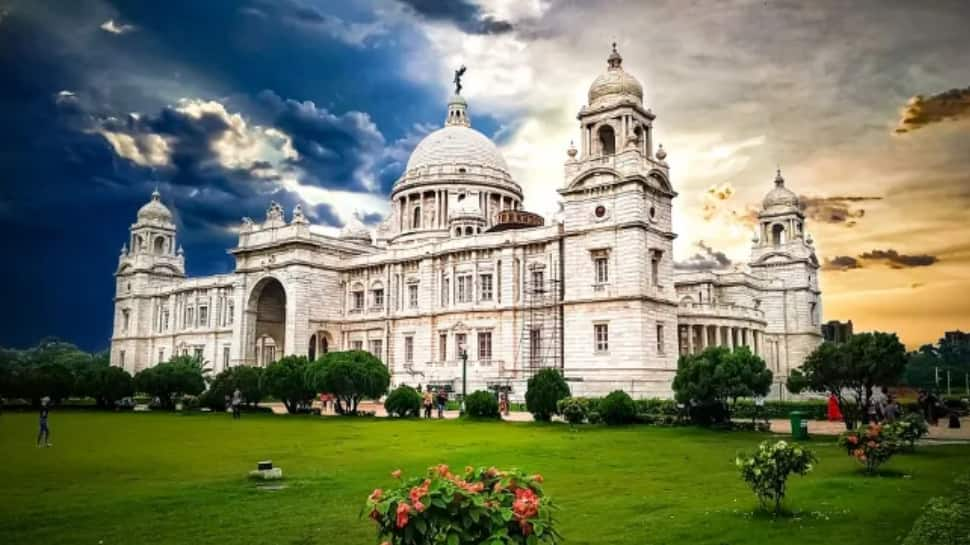
This opulent white marble building represents the British Raj in India. It was constructed in Queen Victoria's honor and combines European and Mughal architectural elements. Today, it serves as a museum reflecting India's history as a colonial power.

This 15th-century temple, tucked away in the Aravalli hills, is a masterwork of detailed marble carvings. With 1,444 distinctive pillars, this temple is dedicated to Tirthankara Adinatha and is among the most remarkable Jain temples in India.
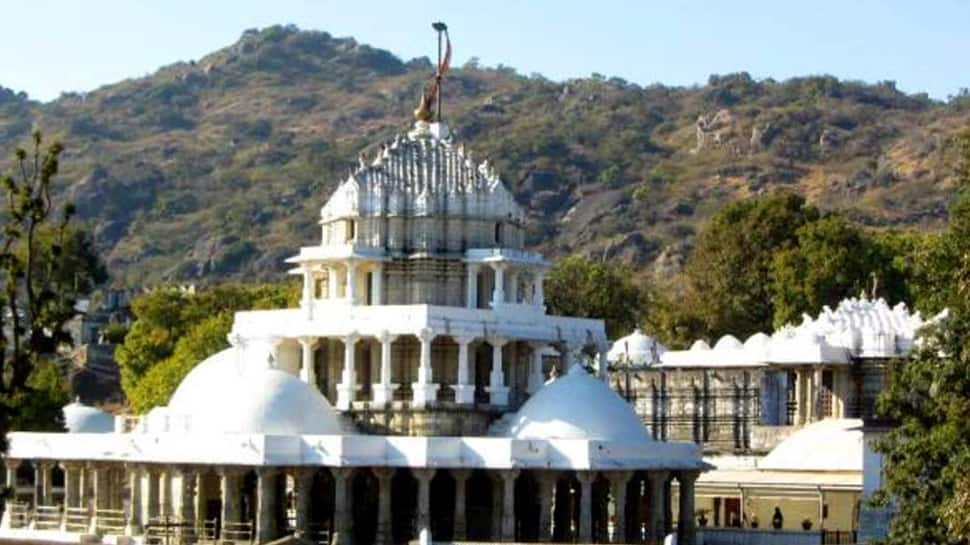
The Dilwara Temples are an important Jain pilgrimage destination known for their exquisite marble sculptures. During the 11th and 13th centuries, extraordinary creativity was displayed in the detailed design on the ceilings and pillars.
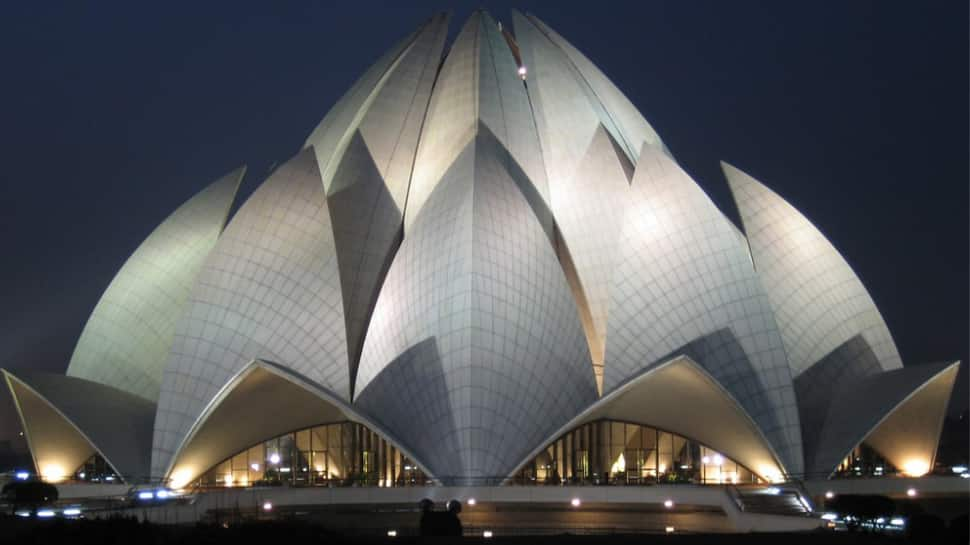
With its lotus-flower design and all-white marble construction, the Lotus Temple is a masterpiece of modern architecture. Drawing tourists from all over the world, this Baha'i House of Worship represents harmony and peace.
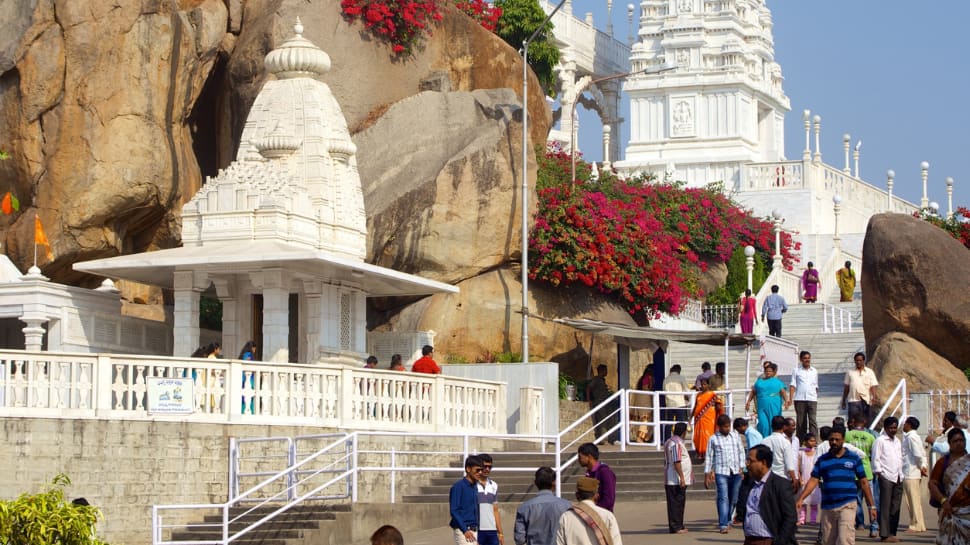
Perched atop a hill, this majestic white marble temple honoring Lord Venkateswara provides sweeping views across Hyderabad. This municipal landmark was built by fusing modern design elements with the ancient architecture of Indian temples.
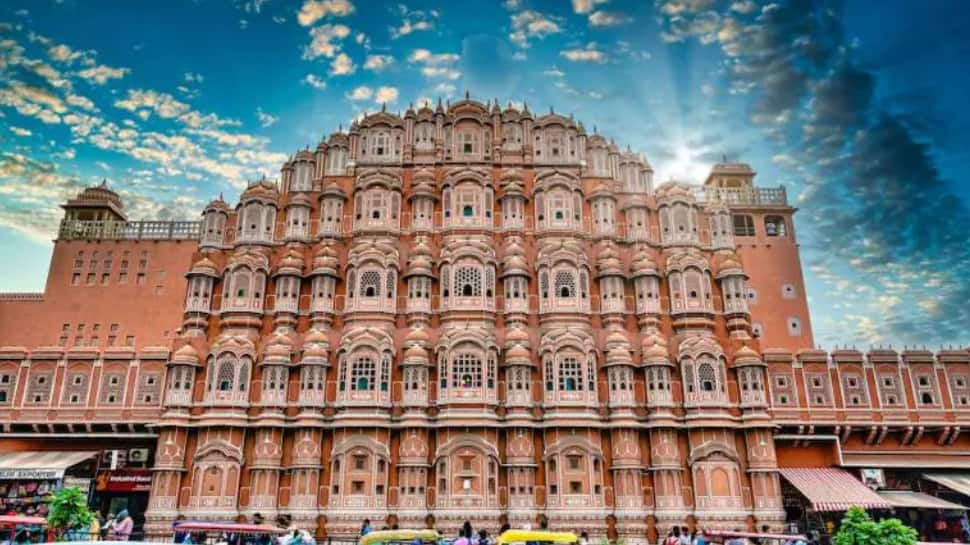
Known as the "Palace of Winds," this building made of pink sandstone and white marble is a well-known representation of Jaipur. Its distinctive design, which dates back to 1799, made it possible for royal ladies to attend street festivities covertly.

